Interviews
Yobiyose system in Canada
Yobiyose, is, literally means "to call over," yobiyoseru, "call over." And there was this system which you could call over somebody from Japan to work as a domestic or a store clerk or a farmhand or a logging camp hand, and so forth. And you had to apply to the Japanese consulate in Japan to call over this person. Now, the requirements were quite strict. You had to be an established farmer or established logger or established sawmill owner. You can't be anybody, you can't call over, you know, if I didn't have a job, or if I was working on a, working at a logging camp, I can't call over a yobiyose. It has to be somebody that's already established.
Date: October 29, 2005
Location: Toronto, Canada
Interviewer: Norm Ibuki
Contributed by: Sedai, the Japanese Canadian Legacy Project, Japanese Canadian Cultural Center
Explore More Videos
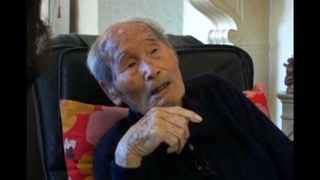
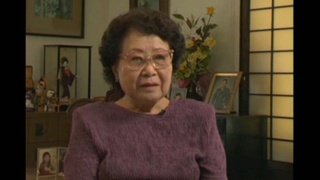
Going back to Hawaii
An expert researcher and scholar on Japanese immigrant clothing.

Picture brides and karifufu
An expert researcher and scholar on Japanese immigrant clothing.
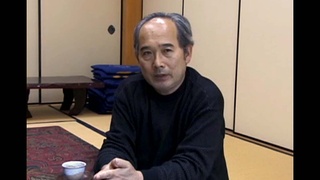
Working at the magazine
(b.1948) Nikkei from Southern California living in Japan.
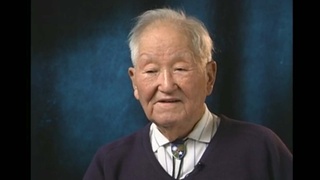
Kibei schoolchildren in Hiroshima, Japan
(b.1913) Kibei from California who served in the MIS with Merrill’s Marauders during WWII.
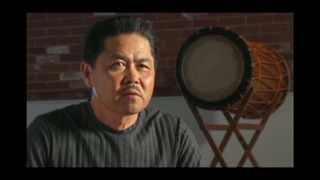
The reason he came to the United States (Japanese)
(1949 - 2019) Taiko player. Founded five taiko groups in Southern California
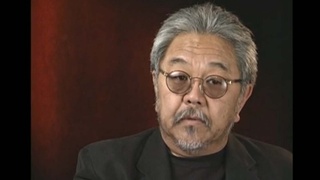
Grandfather's arrival in the U.S., experiencing discrimination
(b. 1939) Japanese American painter, printmaker & professor
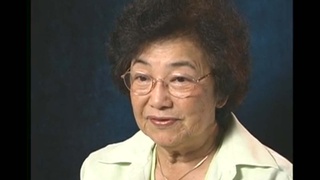
Mother's immigration to U.S. as a treaty merchant
(b. 1927) Japanese American Nisei. Family voluntarily returned to Japan during WWII.
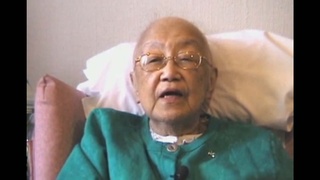
Why her parents came to Canada
(1918-2004) Interned in Slocan during World War II. Active member of the Japanese Canadian community.
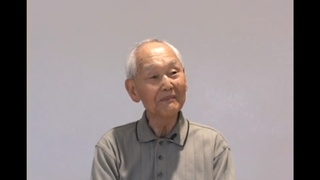
Family background of Fredrick Yoshihide Sasaki
(b. 1918) Issei businessman in Canada
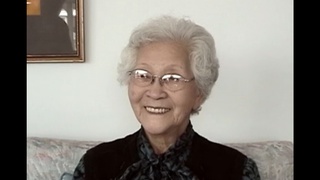
Arranged marriage
(b.1912) Japanese Canadian Issei. Immigrated with husband to Canada in 1931

Her early life in Canada
(b.1912) Japanese Canadian Issei. Immigrated with husband to Canada in 1931
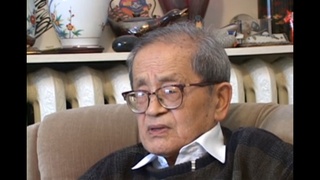
Daily life in his childhood
(b.1924) Japanese Canadian Nisei. Interpreter for British Army in Japan after WWII. Active in Japanese Canadian community

Sugar-beets farm in Alberta
(b.1924) Japanese Canadian Nisei. Interpreter for British Army in Japan after WWII. Active in Japanese Canadian community
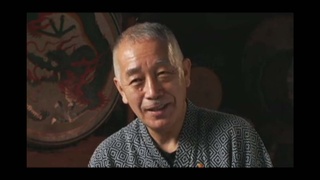
Coming to America
(b.1943) Shin-issei grand master of taiko; founded San Francisco Taiko Dojo in 1968.
